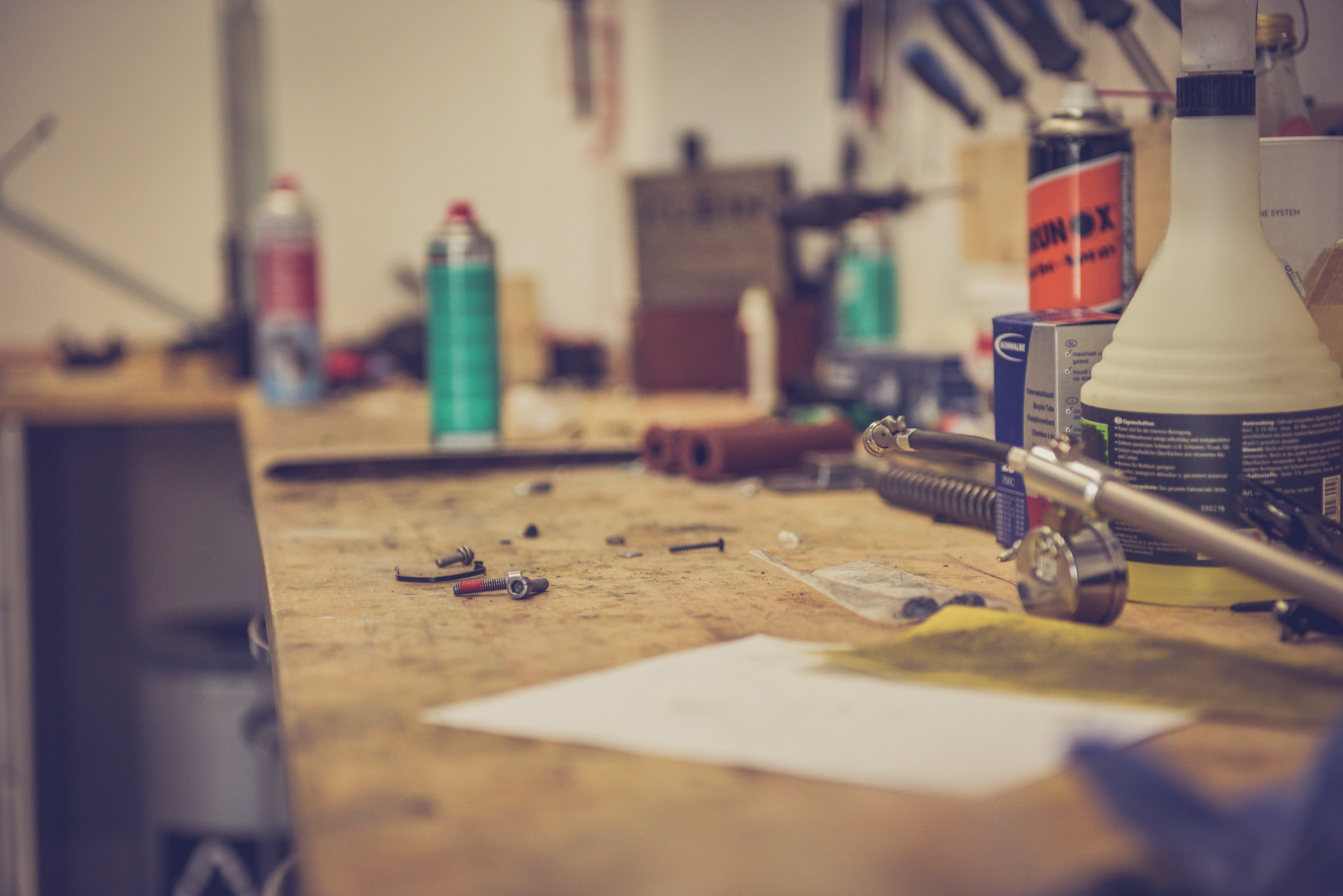
The majority of my research was in the history of the mountain dulcimer.
Citations
-
Smith, Ralph Lee. The Story of The Dulcimer. The University of Tennessee Press, 2016.
-
Ritchie, Jean. The Dulcimer Book. Oak Publications, 1974.
-
Cagle, Lee. Blue Smoke Risin' on the Mountain. Self, 2008.
-
Long, Lucy M. A History of the Mountain Dulcimer. University of North Carolina, Aug 2002
-
Clayton, Paul. Dulcimer Songs and Solos: Introduction. Folkways Records 1962
-
Mr. Willis Interview
-
Father Martin Interview
Background
Dulcimers originate from the Appilation Mountains. The first ones were built in the 1700s, and they became widely traded and played in the 1800s. In the early and mid 1900s, their popularity diminished. It wasn't until the 1950s and 60s that their popularity resurged.
"The word dulcimer, translates from the Greek "dulce" meaning sweet and the Latin "melos" meaning song, thus the name means sweet song."
"the English immigrants who came into contact with this instrument named it after their version of a hammered dulcimer. Of course, these instruments are not related, but both have a sweet tone about them. Since the English settlers had never seen this type of instrument before, it is only logical that they would name it after one they were familiar with hearing...However, the dulcimer's early roots are actually in a European instrument, the German scheitholt."
"The traditional method of playing is to place it on your lap and strum across the strings with a pick or turkey feather, while pressing on the melody string with fingers or small wooden noter"
"The dulcimer was made of common wood found in the various areas of construction, walnut, cherry and poplar, and were usually painted, as opposed to the clear lacquer or oil finish they have today."
How it got to Appalachia
"The first wave of settlers into the Appalachians consisted of more German than British origin...The Germans brought with them an instrument called a scheitholz" and the dulcimer is an adaptation of the scheitholz.
"The 1700s to mid-1800's is the "transitional period" for the scheitholt/dulcimer. During early years of settlement, virtually the only musical instruments on the frontier were fiddles and scheitholts. With the influence of the fiddle music, it is easy to see why the transition from scheitholt to dulcimer would take place."
During this time period, "modifications were being made by raising the fretboard off the sound box. The fretboard was also hollowed out and sound holes drilled into the top." People also started to "symmetrically expanding the soundbox and also drilling holes in it would make the instrument resonant even more."
Tear Drop (Virginia) Dulcimer
Both types of dulcimers have a distinct history. The "Virginia style has been dated as early as 1832. Many of these specimens have been found in southwest Virginia and northeast Tennessee and some in North Carolina just below the southwest Virginia border"
Hourglass Dulcimer
The origins of this style are "somewhat obscure. What is clear is that this style instrument centers in West Virginia and Kentucky rather than Virginia and Tennessee."
"J. Ed Thomas, born 1850 and died 1933, is the first Cumberland maker of the hourglass dulcimer. He started making them in 1871 and would peddle them off a mule cart. He dated each instrument and the oldest one found so far is 1897." However, no one knows where he learned to build them.
Galax Dulcimer
The Galax dulcimer is a larger bodied dulcimer that originates near Galax, Virginia. It first appeared at the end of the 1800s. As it is wider (and more oval shaped), it is "mounted on a piece of wood, in effect having its own table. This resonates the sound very well. What is interesting about this dulcimer is not only the shape unique, but the method of playing. All four strings are tuned to the same note. The player uses a noter on the first two strings and strums with a stripped turkey quill at the narrow end of the fretboard."
Tennessee Music Box
This musical instrument is similar to the dulcimer and "was made in the southern middle Tennessee area...Called the 'music box' by the people who made them over 100 years ago"
"These instruments were mostly constructed of yellow poplar, with some made from pine, chestnut, maple and oak." They are "not hollow like the dulcimer", but "is played similarly to other dulcimers by being picked, strummed and even bowed. When it is bowed, it has a sound close to a bagpipe or pipe organ. This instrument has been silent for many years but is enjoying a revival not only in folk music, but also in pop, rock and classical largely due to David Schnaufer's research and career as a recording artist."